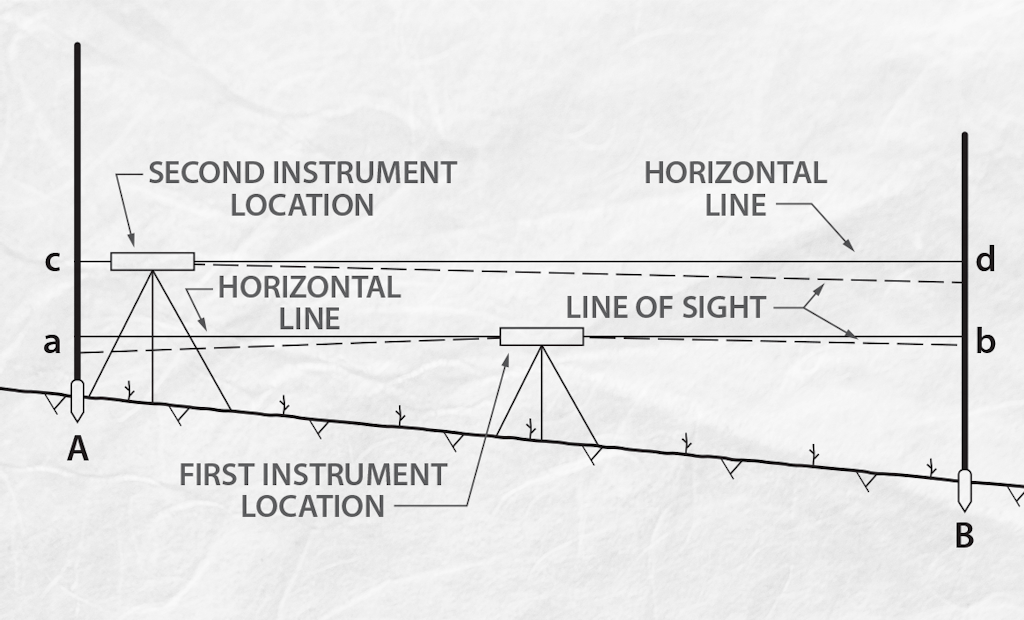Something I mentioned in passing in a previous series is how important it is for an installer to take good care of any surveying equipment: a surveying rod, hand level, transit or tripod level.
I often see equipment bouncing around in the back of pickups or left exposed in truck...
This post is part of a series on topography and site mapping:
- Two-Peg Test: How to Determine the Accuracy of Your Leveling Instruments
- Surveying Basics: Reading a Contour Map
- Methods to Make a Contour Map
- Selecting a Site for an Onsite Treatment System






